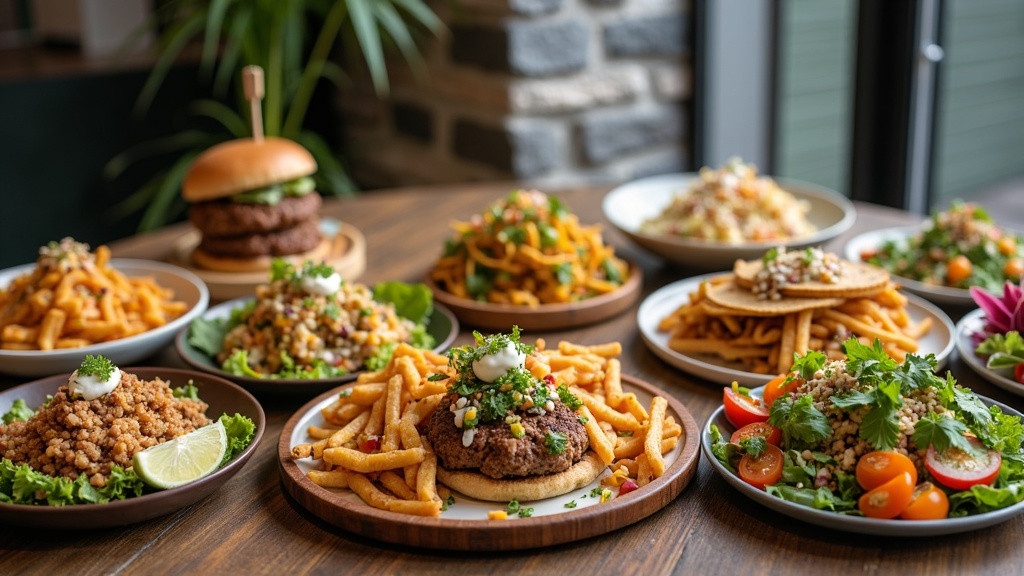Plantbased comfort food recipes bring together the cozy flavors I crave with ingredients I feel good about using. Plantbased dishes can cover so many tastes, from hearty and savory to creamy and sweet. When I started exploring plantbased recipes, I found there are ways to recreate classic comfort foods without dairy, meat, or eggs, and still enjoy satisfying, delicious meals. So, I’m sharing what I’ve learned about making plantbased comfort food at home, with tips, favorite recipes, and answers to common questions that come up when making these tasty dishes.
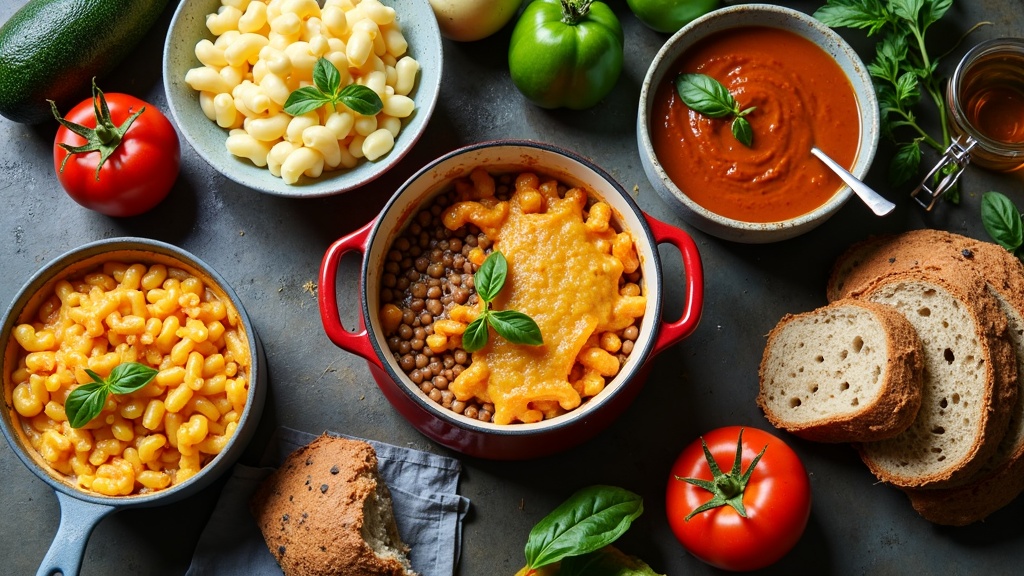
What is Plantbased Comfort Food?
Plantbased comfort food focuses on dishes typically known for their rich flavors and nostalgic feel, but made fully from plants. Many recipes rely on ingredients like beans, lentils, potatoes, rice, veggies, nuts, and seeds. These ingredients make meals filling and flavorful. I often use plant milks, nutritional yeast, and spices to mimic creamy sauces or savory broths. If you’ve enjoyed chili, mac and cheese, lasagna, or creamy soups in the past, know that plantbased versions can deliver similar warmth and satisfaction.
Plantbased eating doesn’t mean giving up on popular textures. Modern recipes use creative techniques and ingredients to bring the rich, hearty experience expected from comfort food. I find it easier now than ever to satisfy cravings without animal products, and there are more options at the store every year.
Getting Started with Plantbased Cooking
Starting to cook with plantbased comfort food recipes can feel a little different at first, especially if you’re used to dairy, eggs, or meat. Here are key things I keep in mind:
- Flavor Boosters: Ingredients like garlic, mushrooms, nutritional yeast, smoked paprika, soy sauce, and miso add rich, savory depth.
- Protein Sources: I turn to beans, lentils, tofu, tempeh, and chickpeas to make dishes filling and nutritionally balanced.
- Creamy Textures: Plant milks like cashew or oat, blended nuts, and pureed vegetables stand in for cheese sauces and creamy soups.
- Whole Grains: Staples like brown rice, quinoa, and wholegrain pasta add chewiness and help dishes feel satisfying.
Most storebought staples have plantbased options now, like vegan butter, cheese, and sausages. Still, I often get the best flavors with homemade sauces and meals using simple, familiar ingredients. Plus, cooking at home lets me make sure there are fewer additives and I can control the salt and seasonings.
Classic Plantbased Comfort Food Recipes
Comfort food looks a little different for everyone, but some recipes come up again and again in my kitchen. Here are three I return to whenever I’m looking for a cozy meal that’s fully plantbased.
1. Plantbased Mac and Cheese
This dish brings the nostalgia and creaminess of classic mac and cheese without any dairy. For the sauce, I simmer potatoes, carrots, cashews, and onion with a little water, then blend with nutritional yeast, lemon juice, garlic powder, and a pinch of smoked paprika. The sauce becomes smooth and silky. Pouring it over cooked pasta and topping with toasted breadcrumbs makes a warm, inviting meal that always hits the spot, especially on cool evenings.
2. Hearty Lentil Shepherd’s Pie
I make the filling for this pie with green or brown lentils, carrots, peas, and celery simmered in tomato paste, herbs, and vegetable broth for a rich, thick base. Mashed potatoes (sometimes with roasted garlic for extra flavor) spread across the top. After baking until golden, the dish feels both homey and nourishing—ideal for sharing on colder evenings. Sometimes, I toss in corn or mushrooms when I want to mix in some variety, which adds a different texture and depth.
3. Creamy Tomato Basil Soup
Roasting tomatoes and garlic before blending brings deeper flavor to this soup. Blending the roasted veggies with coconut milk or cashew cream creates a rich texture. I finish with salt, pepper, and loads of fresh basil. Pairing this soup with toasted sourdough makes for a relaxing lunch or dinner, especially with a little salad on the side. Sometimes, I add a sprinkle of pumpkin seeds or sunflower seeds on top for something a little extra.
Plantbased Swaps for Traditional Comfort Foods
Sometimes, creating plantbased versions of comfort food means finding easy swaps. Here are some substitutions I use that work in all kinds of recipes:
- Milk: Oat, soy, almond, or cashew milk work well in both savory and sweet dishes.
- Cream: Blended cashews or silken tofu create creamy bases for sauces and desserts.
- Butter: Storebought vegan butter or olive oil make good swaps in most recipes.
- Eggs: I rely on flaxseed meal mixed with water, mashed banana, or applesauce in baking. For savory, tofu often stands in as a scramble.
- Cheese: Nutritional yeast brings cheesy flavor, while storebought vegan cheeses or homemade cashew cheese come in handy for melting.
- Ground Meat: Lentils, mushrooms, or storebought plantbased grounds add savory texture to burgers, tacos, and meatloaf.
Trying a few swaps in favorite recipes is an easy way to start, and I often find the plantbased version pleasantly surprises both me and friends who try it. These substitutions often become second nature the more I cook, and I notice that the flavors really shine when I give the spices and seasonings extra attention.
Tips for Cooking and Customizing Plantbased Comfort Food
Making plantbased comfort food can feel more approachable with some small adjustments in how I prep and cook. Here are tips I use often:
- Layer Flavors: Sautéing onions, garlic, and spices at the start gives depth to soups and stews. Taking the time to let these core ingredients cook down really sets the base for rich flavors.
- Play with Texture: Combining creamy bases with crunchy toppings like nuts or seeds keeps dishes interesting. I sometimes use roasted chickpeas for a crunchy salad or stew topping, which makes the meal feel extra special.
- Bulk Up Dishes: Adding beans, chickpeas, or tofu helps meals feel more filling, which is especially helpful if I want leftovers for lunch the next day.
- Use Herbs and Citrus: Fresh herbs or a squeeze of lemon brighten flavors just before serving. Sometimes, a bit of lime works great in spicy dishes, giving them a fresh kick.
- Prep in Batches: I often make big batches of sauces or soups, so there’s always something ready for busy days. Freezing portions lets me have comfort food on hand when I need it most.
Many recipes are easy to adapt for different spice levels or veggies on hand, so it’s simple to make comfort food that fits my preferences and what’s available in the kitchen. For instance, if I have extra spinach or kale, I toss it in curries or pasta. Leftover roasted veggies also make a perfect addition.
Common Challenges and How to Manage Them
Switching to plantbased comfort food sometimes requires trying new ingredients or techniques. Here are some common questions and how I handle them along the way:
Getting the Right Texture
For a creamy texture, I use blended nuts, tofu, or even white beans in sauces and soups. For chewiness in meat dishes, mushrooms or jackfruit can help get the right consistency. Sometimes I experiment with different brands of plantbased cheese or meat alternatives until I find one that works best for my tastes.
Flavor Depth
Savory dishes often need a boost. Slowcooked onions or garlic, sundried tomatoes, miso paste, or a splash of soy sauce add umami, which is that savory taste that helps bring out the depth I associate with comfort food. A little smoked paprika or liquid smoke can also give an extra layer to certain dishes.
Staying Full
I make sure to include ingredients with protein and fiber, like lentils, beans, or quinoa, so comfort food feels satisfying for hours. Watching serving sizes and balancing meals with sides like bread or a fresh salad keeps things interesting and filling. Keeping snacks like nut butter or roasted chickpeas around helps too if I get hungry later.
Plantbased Comfort Food in Real Life
I noticed that plantbased comfort food works well for social occasions or daily eating. Sharing big pots of chili or trays of lasagna with friends always goes down well, and leftovers make easy lunches. I’ve even had people check in about recipes after trying a dish, which feels rewarding. Prepping ahead, such as freezing portions of soup or stew, keeps my meals stressfree even on busy days and saves money on takeout.
For example, one of my favorite Sunday routines is baking a batch of plantbased banana bread. Swapping eggs for flaxseed meal and using almond milk means everyone can enjoy it, plus it makes the kitchen smell great. My experience shows that there’s a plantbased option for pretty much any comfort food I used to love. I sometimes bring plantbased cornbread or enchiladas to gatherings, and people are often surprised at how satisfying and flavorful plantbased comfort food can be.
Frequently Asked Questions
Here are a few questions I hear a lot about making plantbased comfort food.
Question: How do I make creamy sauces without dairy?
Answer: Blended cashews, soaked sunflower seeds, or plantbased milks can all make creamy sauces. Nutritional yeast adds a cheesy flavor when needed.
Question: Can I freeze plantbased comfort food?
Answer: Many dishes, like soups, stews, shepherd’s pie, and even mac and cheese, freeze well. I just let them cool fully before putting in airtight containers for freezing. Freezing single portions makes it easier to thaw what I need for a quick lunch or dinner.
Question: Do plantbased recipes meet protein needs?
Answer: Yes, especially when using ingredients like beans, lentils, tofu, tempeh, nuts, and whole grains. Building meals around these makes it easy to get enough protein, and adding seeds to salads or bowls gives an extra boost.
Recipe Inspiration and How to Check Out More
With so many recipes and resources available now, it’s easy to build up a collection of goto plantbased comfort foods. I often look for blogs, cookbooks like “Isa Does It” or “Minimalist Baker’s Everyday Cooking,” and community forums to keep things fresh. If you’re new to plantbased cooking, starting with one simple recipe a week can help build skills and confidence. Sharing meals with friends, even just as a side dish, is a good way to introduce new flavors and see what dishes really work in a group. Over time, you’ll stumble upon favorites that become regulars in your meal rotation, and you might end up inspiring others to jump into plantbased comfort food too. Wrapping up, plantbased comfort food can be as satisfying, cozy, and full of flavor as any traditional dish—sometimes even more so, thanks to all the creative ingredients and techniques you can try.
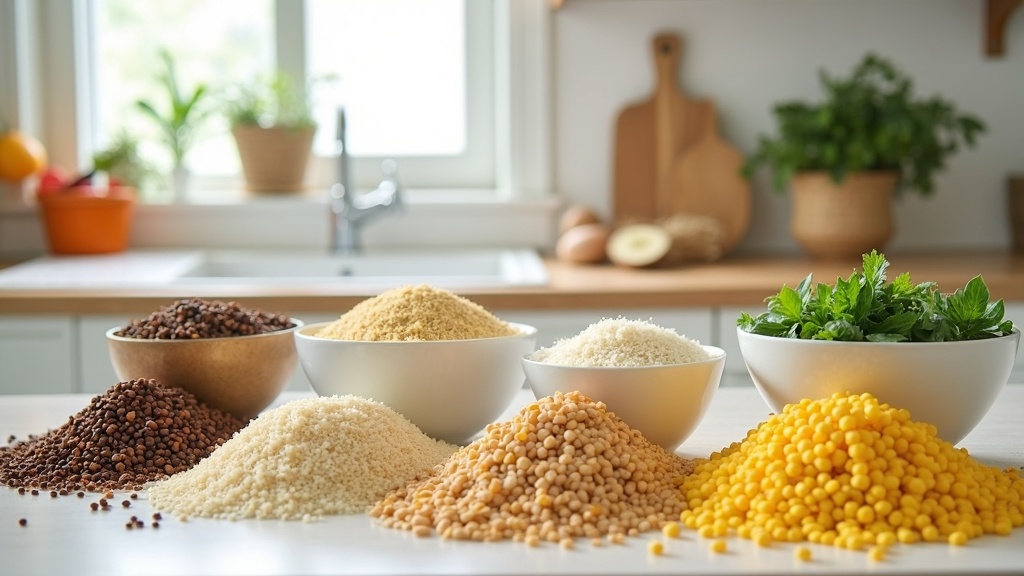 Welcome to this quick FAQ on glutenfree cooking. Here you’ll get practical tips and easy recipes to help make going glutenfree simpler and less confusing.
Welcome to this quick FAQ on glutenfree cooking. Here you’ll get practical tips and easy recipes to help make going glutenfree simpler and less confusing.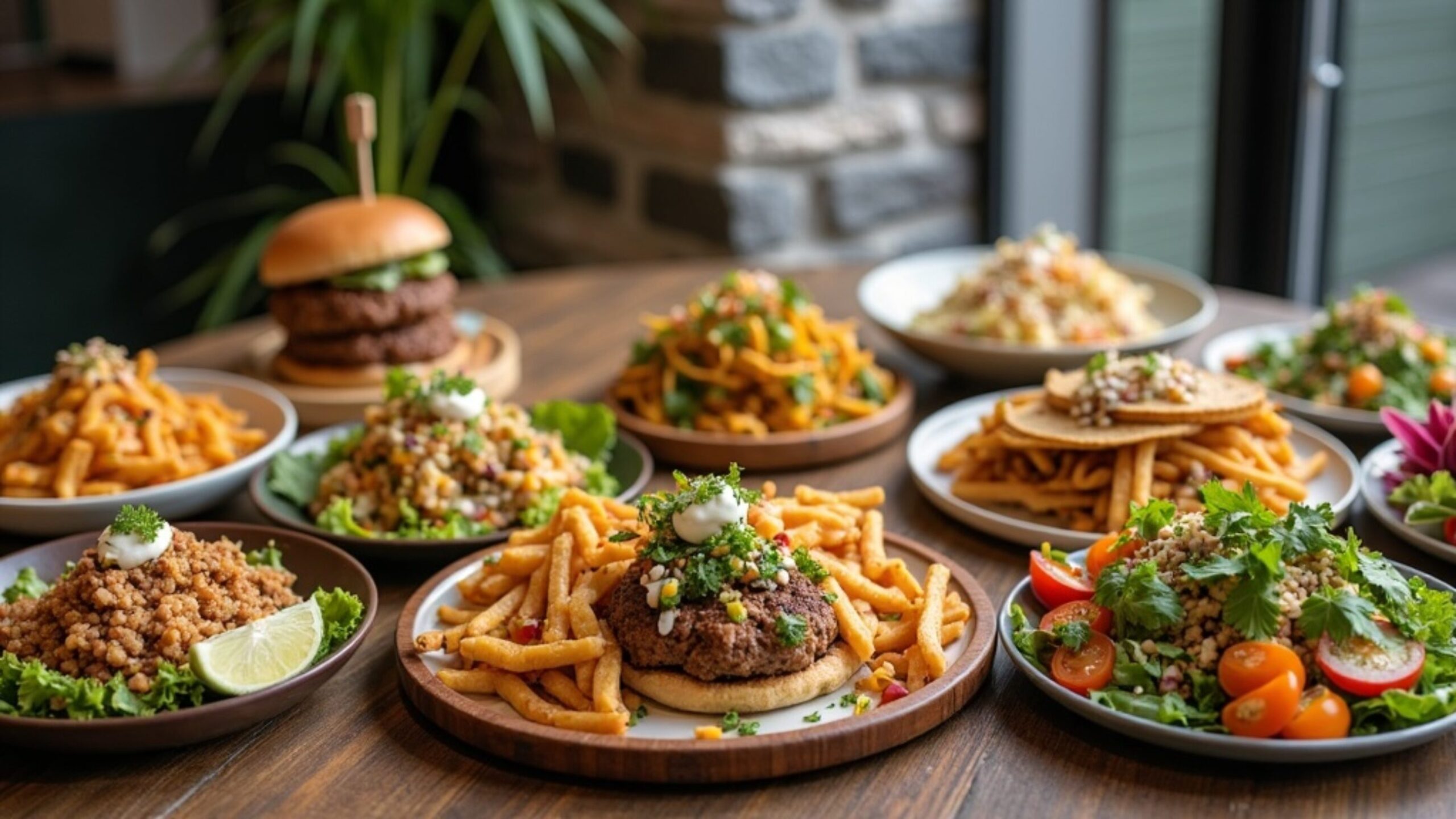


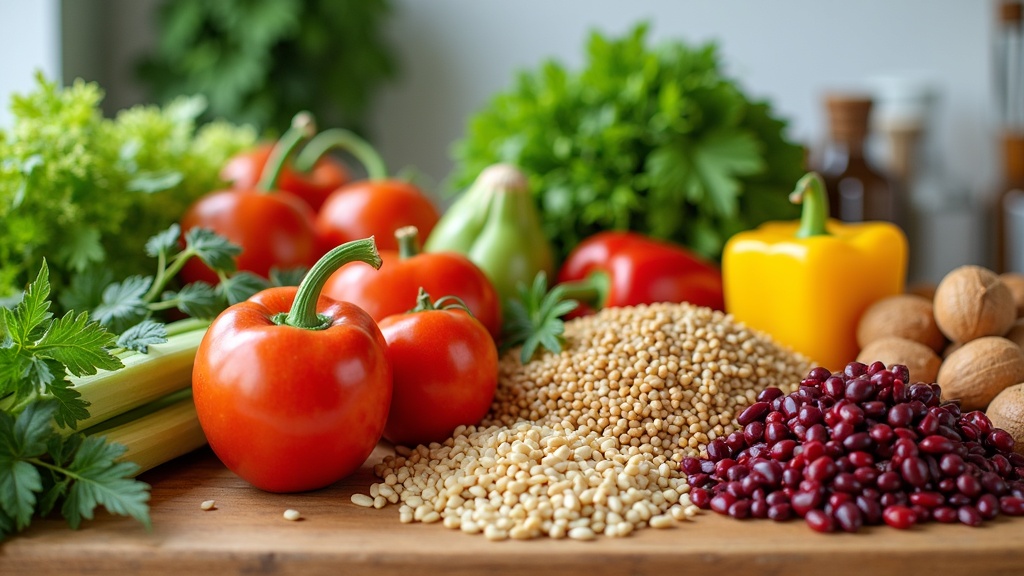
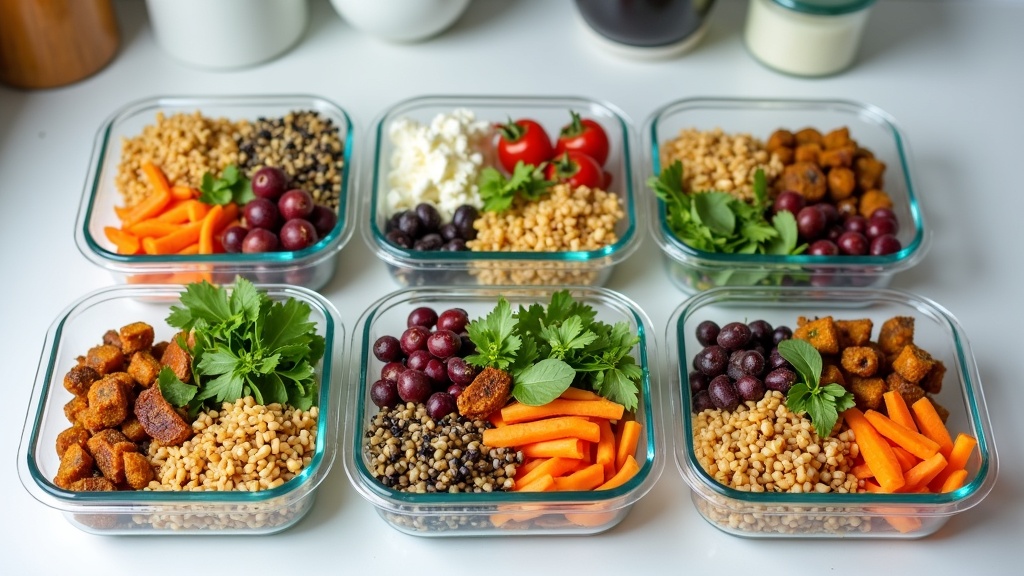 Your guide to tasty, make-ahead vegan lunches that fit busy schedules. Here, I’m answering common questions so your workweek lunches are always on point.
Your guide to tasty, make-ahead vegan lunches that fit busy schedules. Here, I’m answering common questions so your workweek lunches are always on point.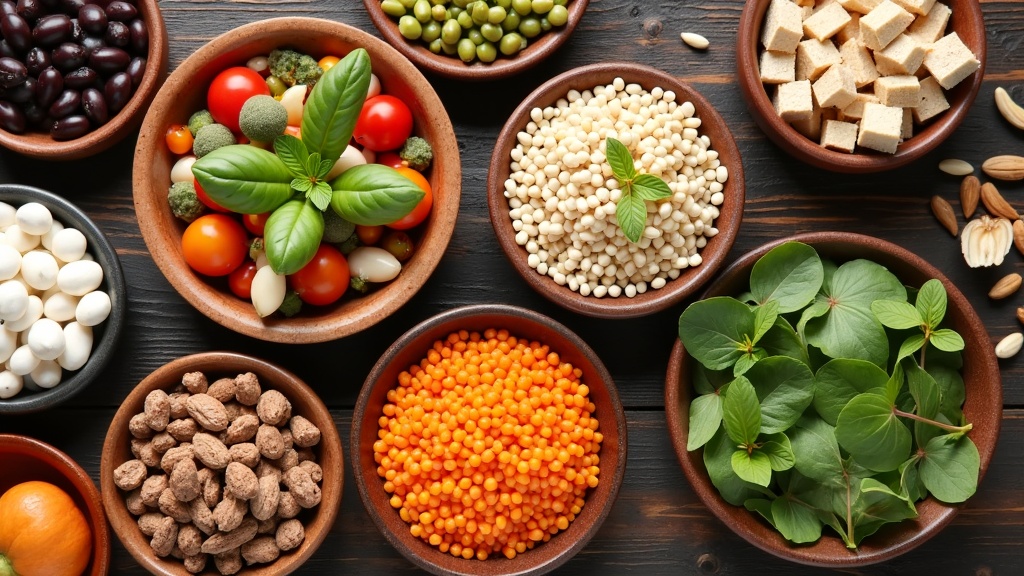
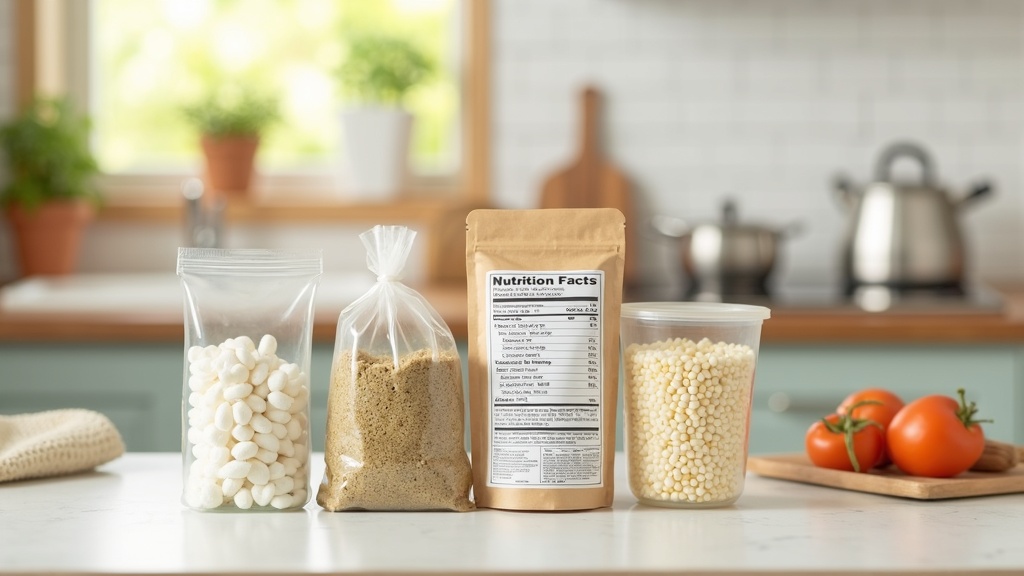 Welcome to my FAQ on understanding nutritional labels when cooking at home. I’ve put together answers to some common questions that will help you feel more confident finding your way through those nutrition panels.
Welcome to my FAQ on understanding nutritional labels when cooking at home. I’ve put together answers to some common questions that will help you feel more confident finding your way through those nutrition panels.

